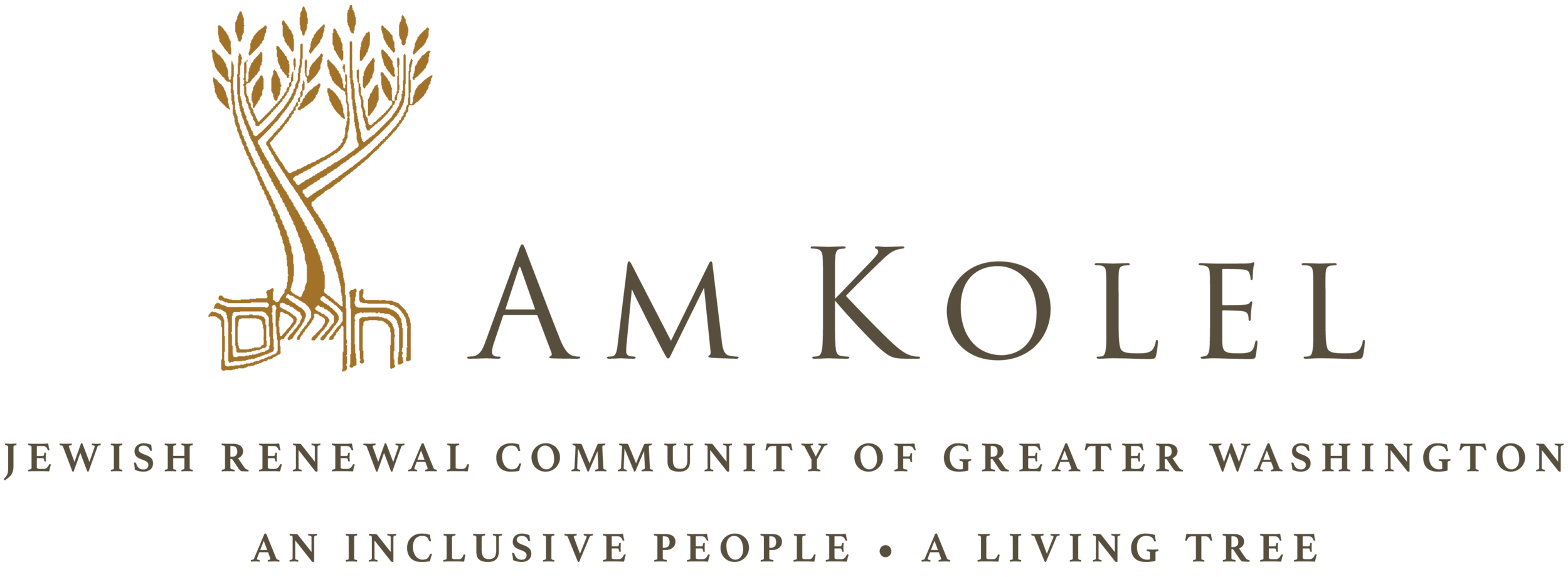It’s good to be back. It’s hard to say being in Israel was relaxing.
It’s good to be back. It’s hard to say being in Israel was relaxing. I want to the thank Melissa, our administrative assistant, for watching over the business of Am Kolel while I was away. I also wish to thank Susan Zemsky, friend and recently retired executive director of Temple Shalom, for her help getting us ready for our next phase. As you know we will be reestablishing our primary center back in the lower part of the County.
And thanks to so many of you, our members and friends, who contributed to our December Appeal. We exceeded our goal and feel encouraged by your support. Thank you.
In this week’s Parsha, Shmot, the very first sedrah in the Book of Exodus, we feel the weight of the narrative centering on the experience of the Israelites in Egypt, Mitzrayim. The tribes have grown significantly and have enjoyed their time in this Diaspora. But there is a new Pharoah “who did not know Joseph” (and that generation) who feels threatened by this large population of Semites. These indigenous Egyptians decide to enslave the Hebrews. And so continues the familiar saga of our people entering a period of horrible darkness. But within this narrative we also see the seeds of resistance and hope. We note how two women, the leaders of the midwives, charged with bringing life into the world, refuse to follow the Pharoah’s orders to kill the Hebrew new born males. We see the heroism of Yocheved, Moses’ mother, and of his sister, Miryam. We also see the compassion of the non Hebrew daughter of Pharoah who saves the Hebrew child, Moses.
The threat of enslavement is all around us today. We have new Pharoahs. Some of these Pharoahs reside within us and within the peoples of the lands we cherish.
While Israel is the sacred land of two peoples, it can also feel like a Mitzrayim, a place of narrowness and tightness, the meaning of Mitzrayim. We, the Jews, have our Pharoahs and the Palestinians have theirs. We can say the same thing about social realities and leaders in America.
When our sages in the first century CE talked about exile they taught that the Shechina goes into exile with us. The presence of the divine in the darkness is a powerful Jewish teaching. How do we find the Shechina in the midst of bigotry and racism? The Ishbitzer, Rebbe Mordecai Yosef Leiner, who lived in early 19th century Poland, taught that it is within each and every one of us. It’s the light or spark of the Mashiach within each person. But how do we find it?
On the flight back to the US I found myself sitting next to a Satmar Hassid. This ultra-orthodox group numbering some 100,000 worldwide is anti Zionist, putting their faith in “HaShem” and in a future that their faith gives them. Fellow ultra Hassidim, the Neturei Karta, recently met with Palestinians near Jenin in support of their agenda. They want to see the “peaceful dismantling” of the State of Israel!
What I discovered in speaking with the Satmar Hasid, who also prayed and studied for most of the trip, was his lack of understanding of modern Jewish history and world geography. In Yiddish, he asked me about the map on the screen depicting our flight and the countries we were flying over. He wanted to know what countries they were. It became clear that he didn’t learn this in Yeshiva. In fact, many of the young orthodox men who drove orthodox Uber taxis had no idea of the history of the State of Israel, its thinkers, leaders and poets. Of course, I had very little understanding of what they learned for hours in their Yeshiva education and in their Kollel’s. I couldn’t tell you the top ten Torah scholars of our generation.
So what does this mean? How do we bridge these worlds? Because, if we don’t create bridges of understanding and build relationship then we are all lost in Pharoanic darkness.
Last week I visited the Van Leer Institute in Jerusalem. This Institute, next to another magnificent building, the Academy of Sciences, is where I met with Buber scholar and philosophy professor Paul Mendes-Flohrs. He was Am Kolel’s guest scholar a number of years ago. The Van Leer Institute is a beacon of light through learning and dialogue. Check it out: https://www.vanleer.org.il/en/.
Paul helped to point the way for me. At 82 years he is still working hard at intercultural and inter social dialogue. He shared with me that this spring is the 100th anniversary of the publication of I and Thou by Martin Buber. I’m hoping to bring him in for a talk and to dialogue with us via zoom.
May we all continue to educate ourselves about the other.
Bivracha,
Reb David
